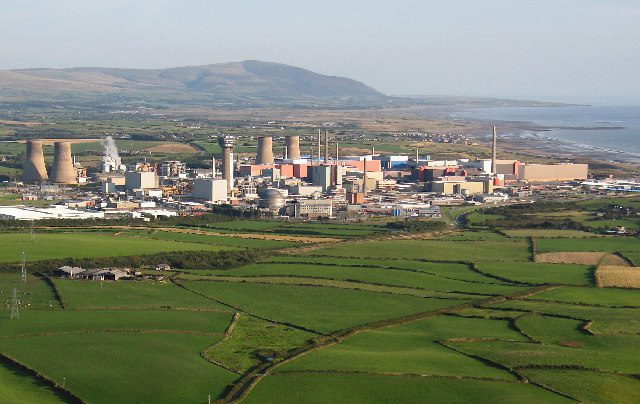
Efforts to retrieve radioactive waste from ageing facilities at Sellafield — the UK’s most hazardous nuclear site — are not proceeding fast enough, with MPs warning that further delays could push the cost of decommissioning beyond the existing £136 billion estimated bill.
A 4 June report by the Public Accounts Committee (PAC) criticises slow progress in tackling major environmental risks at the Cumbria site and questions whether recent improvements mark genuine progress or “another false dawn.”
Despite previous warnings in 2018 that the government needed a firmer grip on the site’s nuclear challenges, the PAC says Sellafield Ltd has failed to meet key targets for removing waste from legacy buildings, including the Magnox Swarf Storage Silo (MSSS). The silo has been leaking radioactive water into the ground since at least 2018, at a rate that could fill an Olympic swimming pool every three years, according to the report.
The Nuclear Decommissioning Authority (NDA) acknowledged the leak as its “single biggest environmental issue” but maintains the radioactive particles are “contained” in the soil and pose no risk to the public.
The PAC expressed concern that persistent underperformance by Sellafield Ltd means the site will remain hazardous for longer than necessary. The committee is calling on the government to clarify how it intends to hold both the NDA and Sellafield Ltd to account for addressing these urgent risks.

Storage crisis looms
Beyond the immediate safety issues, the report warns of escalating costs linked to delays in constructing a long-term Geological Disposal Facility (GDF) to house high-level nuclear waste. Initially expected by 2040, the GDF is now unlikely to be ready before the late 2050s. In the meantime, Sellafield may need to build additional interim storage buildings, each costing between £500 million and £760 million.
Although sites in Cumbria and Lincolnshire have been under consideration for the GDF, the PAC notes that Lincolnshire County Council has signalled plans to withdraw from the process.
Asset failures undermine progress
While the report acknowledges early signs of improved project delivery, including better planning and contractor management, it highlights serious failures in asset oversight.
It references a paused £127 million project to refurbish an onsite laboratory. This was halted due to a misunderstanding of the condition of the building’s laboratories, and a failure to perform the appropriate remedial work needed to restore them. “The failure of the Replacement Analytical Project illustrates the need to improve asset management at Sellafield,” says the document.
The authors also point to a growing backlog of maintenance tasks, noting that “malfunctioning equipment has limited Sellafield Ltd’s ability to retrieve waste from its oldest facilities”, while safety experts have warned that “the deteriorating condition of assets is making the site increasingly unsafe.”
The PAC also raises concerns over workplace culture at Sellafield, noting that “the exceptionally hazardous nature of many of Sellafield’s activities” means employees and contractors must feel empowered to report issues without fear. The NDA reportedly paid out over £377,000 in employment-related claims in 2023–24. The report also notes that 16 non-disclosure agreements (NDAs) have been signed at Sellafield over the past three years.
PAC Chair Sir Geoffrey Clifton-Brown MP described the situation as “intolerable,” saying the UK is facing “world-class” risks at Sellafield without delivering world-class management in response.
“Every day at Sellafield is a race against time to complete works before buildings reach the end of their life.” he said. “Our report contains too many signs that this is a race Sellafield risks losing.”
The Government, he said, “must shed any sense of a far-off date of completion for which no-one currently living is responsible. Sellafield’s risks and challenges are those of the present day.”

